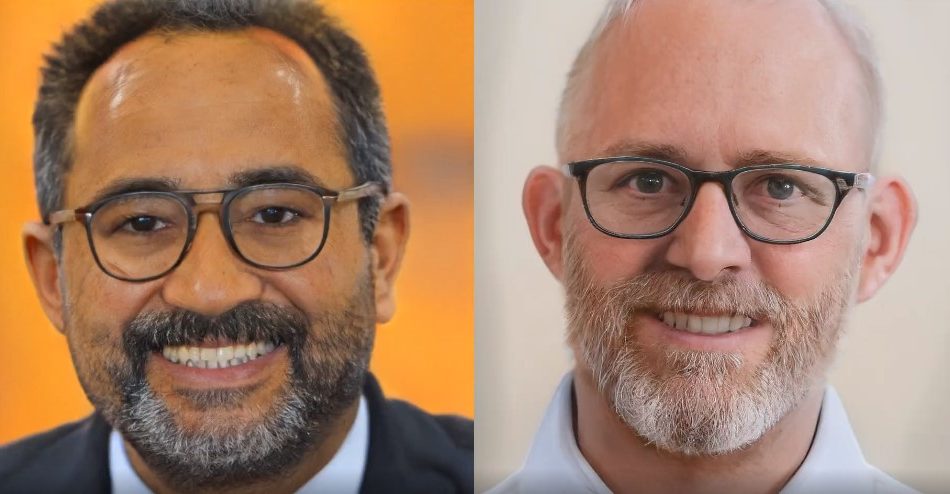A new improvement fixes the previous artifacts’ issue
Since Deepfakes came out, a revolution has started in the face generation field. Apps like FaceApp amazed and scared the world with their realism in radically changing facial features: aging, switching gender, etc. However, although the results are outstanding, this technology is not flawless, the pictures often contain some artifacts in certain areas, especially if the background is not uniform.
Some other companies like NVIDIA instead, are developing face generator algorithms able to create realistic faces that do not exist but are still indistinguishable from a real person.
NVIDIA has been trying to make the perfect face generator since 2018 but if you looked at some animation details generated with their neural network, you could see some artifacts, although the images reached a higher resolution than before.
The neural network used is called GAN (Generative Adversarial Network) which works with two networks: one generative which generates candidates and one discriminative which evaluates them. The GAN is based on indirect training through the discriminative network which increases its error rate through the generative network. This enables the model to learn in an unsupervised manner through competition between networks.
In 2019 NVIDIA released a new version of its GAN called styleGAN2 able to generate not only faces but almost anything including the capability to recognize whether a picture is real or generated by an A.I.
Although the unreal faces looked amazing and realistic, they suffered from a “texture sticking” issue during animation wherein some elements of the face such as hairs, wrinkles, etc. appeared to be glued to the screen while the face moves.
A new version of the GAN, an Alias_Free GAN fixed the issue making the animation more realistic.
Anyway, talking about existing services that can generate artificial faces, we cannot fail to mention Generated Photos. This site gives the opportunity to create AI-generated faces and customize them according to a variety of parameters such as gender, ethnicity, facial position, hair, and eye color, but also facial expression. They look incredibly realistic.
This leads to a variety of uses ranging from the gaming industry to art, but also for commercial purposes or scientific reports where we need a real-looking person without having to ask for consent.
In addition, now the service also offers the possibility of having whole-body synthetic faces so that they can be used in many more settings.
Moreover, the site gives another very interesting and useful service to protect identity, which is the option to generate an artificial face based on your own photo. By doing so, the generated photo will have our most significant facial features allowing us to still remain anonymous. This option is useful when we need to show a photo of ourselves but we are not sure about the site’s trustworthiness and/or when we fear identity theft.
Of course, it is not allowed to use such a service to impersonate another person, but only to safeguard our own identity. For more information visit the site and see their pricing, they also offer a good free option.
We are reaching a new level of realism where fake faces are gradually being able to be animated. Soon, we will be able to perfectly track our movements with a totally new fake but convincing face and maybe with a new fake voice, too.

